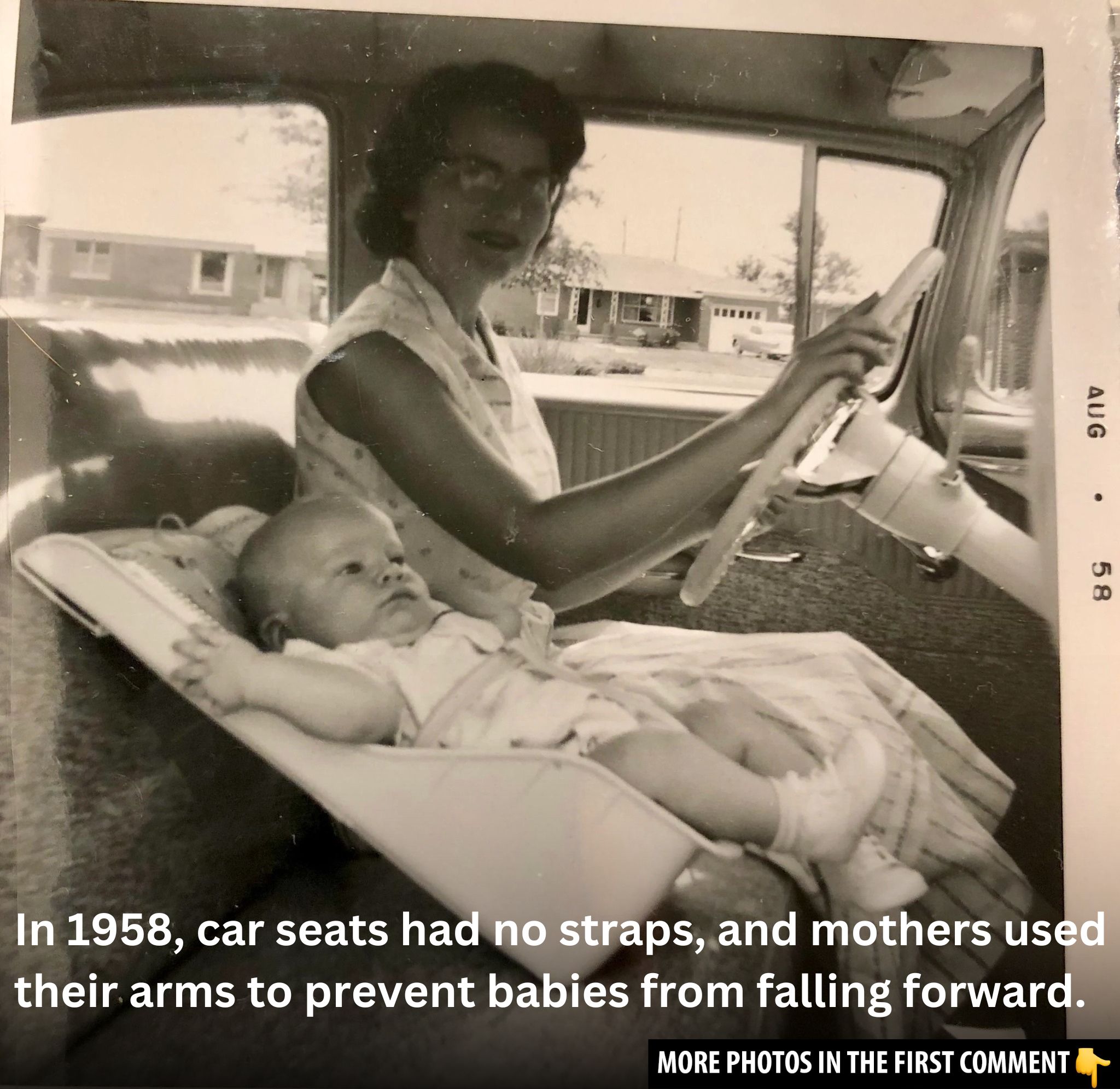In our modern world, child safety in vehicles is taken for granted. Today’s car seats undergo rigorous testing and boast advanced features designed to protect our little ones in every situation. Yet, not too long ago, the concept of child safety in cars was in its infancy. In an era when cars were still a new technology, makeshift solutions like booster seats and even car hammocks were seen as innovative ways to keep children from wandering during rides. This article takes a closer look at the fascinating evolution of baby car seats—a journey marked by odd designs, experimental materials, and a gradual realization of the need for true safety. Let’s dive into the past and explore how these early ideas eventually paved the way for the state-of-the-art car seats we rely on today.
The Early Days of Child Transportation
Unrestrained Journeys and Practical Beginnings
In the early decades of the 20th century, automobiles were a novelty. There were no seat belts, and the idea of restraining a child during a drive was almost unthinkable. Cars were built for speed and style, not for the protection of its occupants. Children would often sit on the laps of their parents or roam freely, unbound and at risk in a rapidly modernizing world.
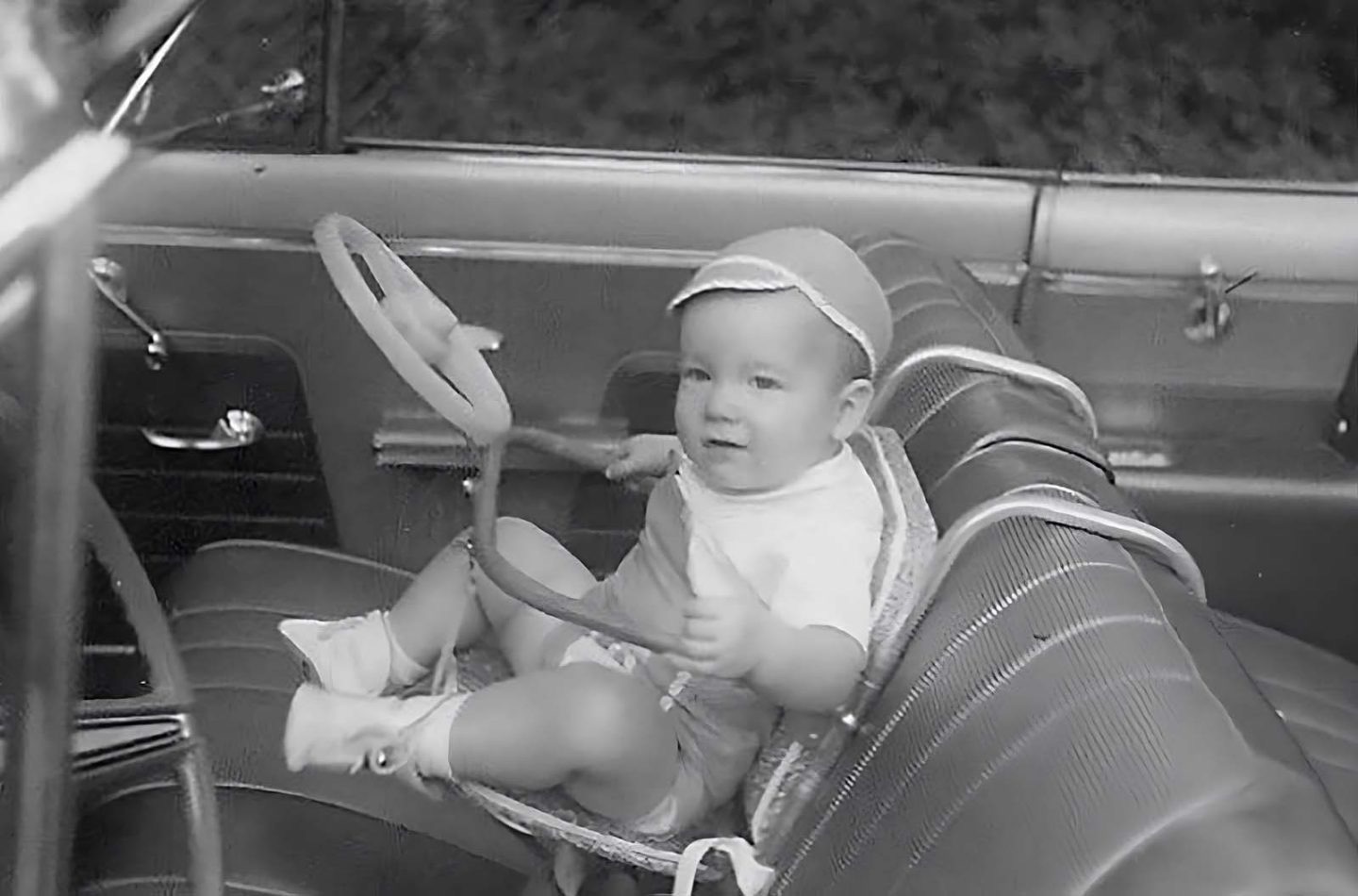
As families began to understand the potential dangers of this unrestrained travel, a need arose for a practical solution. Initially, the focus was not on creating a device specifically engineered for crash protection. Instead, inventors devised simple booster seats intended to elevate a child so that the driver could keep a watchful eye on them. This basic concept was born from necessity—a way for parents to monitor their children in an increasingly busy and distracting environment.
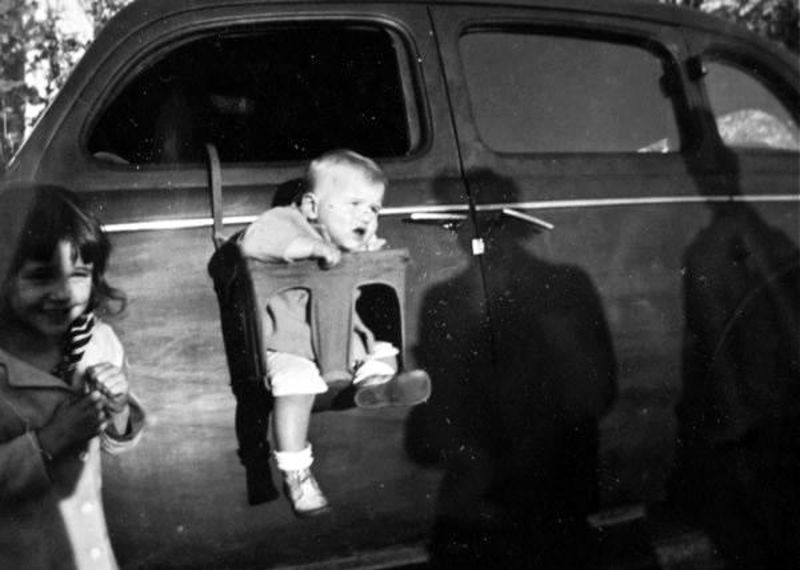
Early Booster Seats: Convenience Over Protection
The first booster seats were far from the highly engineered products we see today. One of the earliest examples was the Bunny Bear Booster Seat, introduced in 1933. This seat was crafted from a combination of durable metal and luxurious leather—a design that reflected the era’s commitment to quality materials, even if the focus wasn’t on impact protection. The primary purpose was to elevate the child, allowing the driver to see them better, rather than to shield them during a collision.

The design featured a rudimentary belt that provided a minimal level of restraint. While it may seem laughable by today’s standards, the Bunny Bear Booster Seat was a significant step at a time when the concept of child safety was only beginning to take form. It represented the first move away from complete freedom within the vehicle toward a modicum of order and protection.
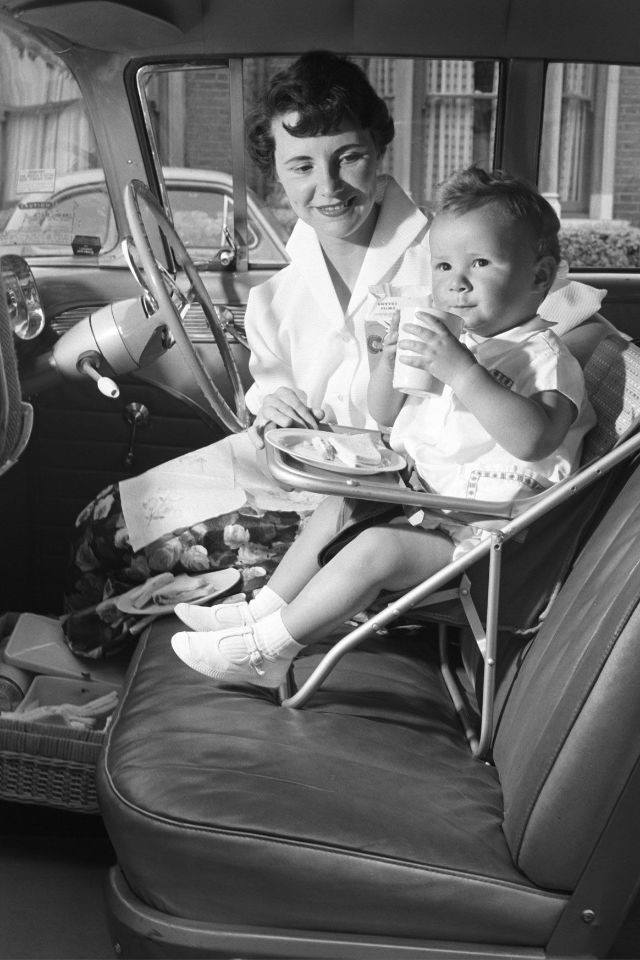
Video
Check out the video on how to install an infant car seat – it’s a helpful guide for safe travel!
Innovations That Shaped the Future
The Sears Catalog Harness (1961)
The 1960s saw a notable shift in the approach to child safety. A breakthrough moment came with an advertisement in the Sears Catalog in 1961. This ad introduced a child car seat equipped with a dedicated harness system, sometimes referred to as the “Auto Strap.” Priced modestly, this early safety device was designed for children aged one to ten, featuring a harness that allowed the child to sit, stand, or even sleep without disturbing the driver. Although the harness was basic and the construction rudimentary, it was one of the first public attempts to combine practicality with the idea of injury prevention during everyday travel.
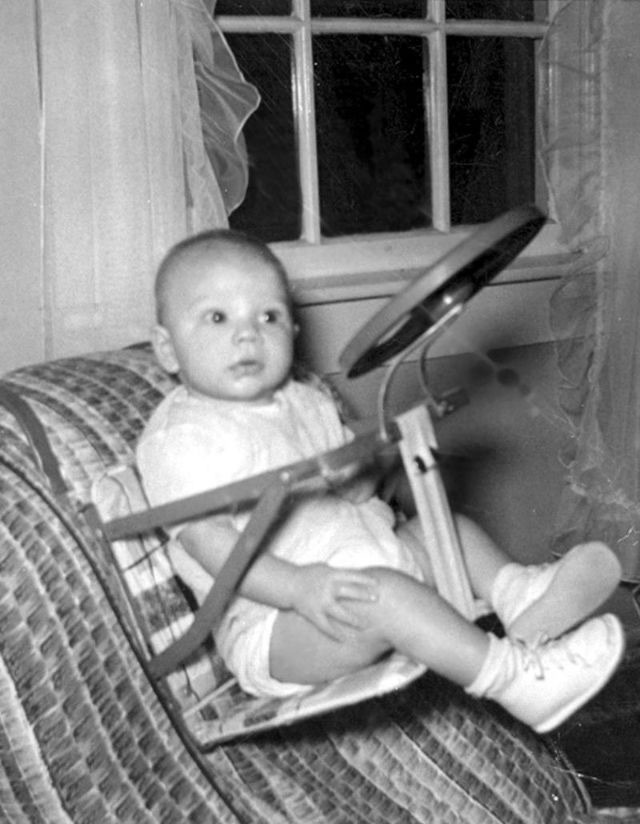
This development was more than a product launch—it was a turning point in public perception. For the first time, the safety of the child became a design parameter rather than an afterthought. Though the design lacked the cushioning and structural integrity that would come later, it laid the groundwork for subsequent innovations that placed child protection at the forefront.
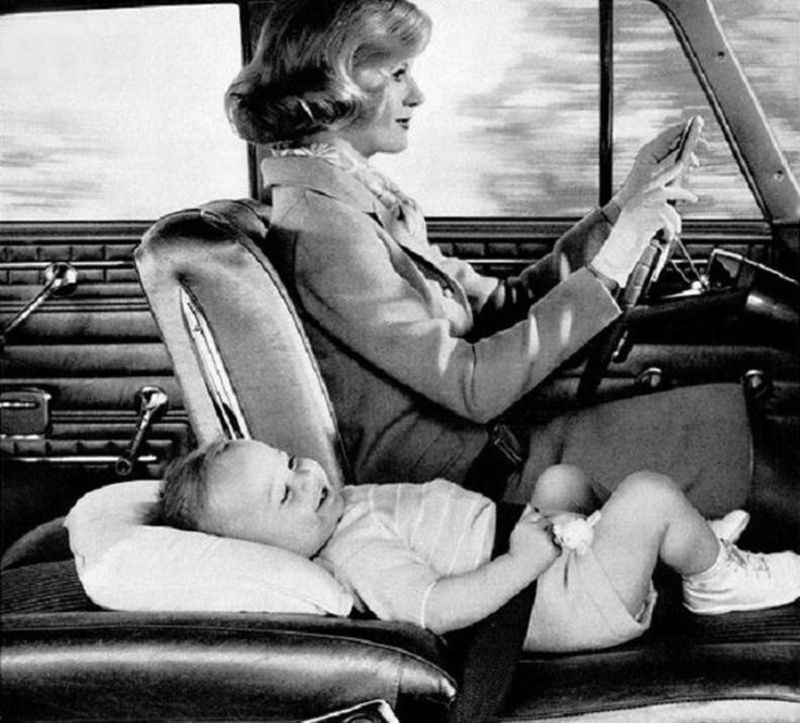
Canvas Booster Seats on Metal Frames (1940s)
In the 1940s, another trend emerged with the introduction of canvas booster seats built on metal frames. These seats were particularly popular in the front seats of vehicles. Manufacturers designed them to be lightweight yet sturdy, with the canvas material offering a simple solution for comfort and ease of use. Some models even featured their own small steering wheels—a quirky addition that gave them a playful, almost toy-like quality.

The primary function of these canvas booster seats was to secure a child in a fixed position so that the driver could maintain visual contact. However, the design was far from sophisticated. The lack of padding and an inadequate harness system meant that while the seats might have prevented a child from wandering, they offered little in terms of protection during a crash. Nevertheless, these models are remembered fondly today for their distinctive charm and as early symbols of an evolving understanding of safety in automobiles.

Car Hammocks for Babies (1970s)
Arguably one of the most peculiar chapters in the history of child transportation is the era of the car hammock. In the early 1970s, some parents opted for a radically different approach: suspending their infants in a hammock attached to the car’s roof. This method was marketed as a safe and comfortable way to cradle a baby during travel. The gentle sway of the hammock was believed to provide a soothing environment, akin to being rocked in a cradle.
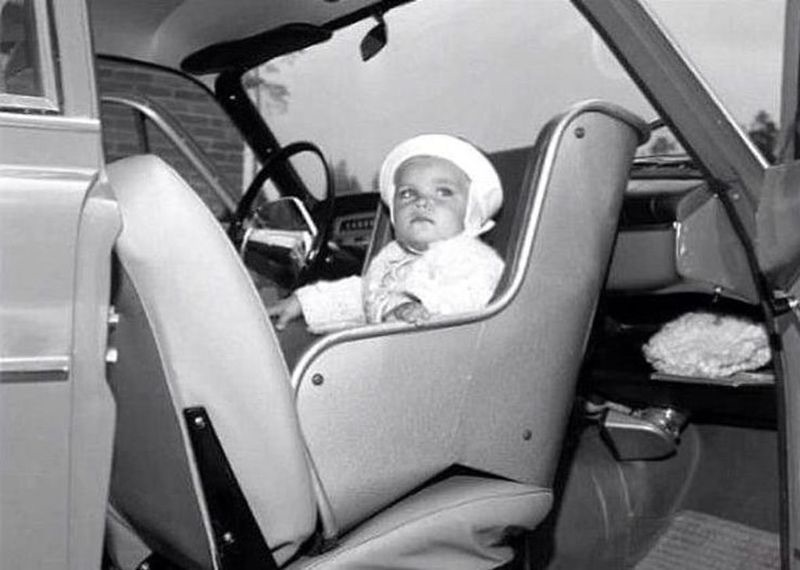
The idea of a car hammock, while innovative in its own right, was a clear departure from conventional thinking. It represented an experimental phase where safety guidelines were still being established, and parents often relied on novel solutions rather than proven technology. In hindsight, the concept of hanging a baby from a car’s ceiling may seem bizarre and even alarming. However, it is a testament to the lengths to which parents would go in order to feel secure in the midst of an evolving automotive landscape.
The Evolution of Safety Standards
From Experimental Ideas to Regulated Designs
The journey from these early, makeshift solutions to the advanced car seats we know today is a story of gradual progress. By the late 1960s and into the 1970s, child safety began to attract the attention of regulatory bodies and industry experts. Research into child biomechanics, crash dynamics, and material sciences played a crucial role in shaping new designs. What began as a series of experimental ideas gradually transformed into products that were rigorously tested and standardized.
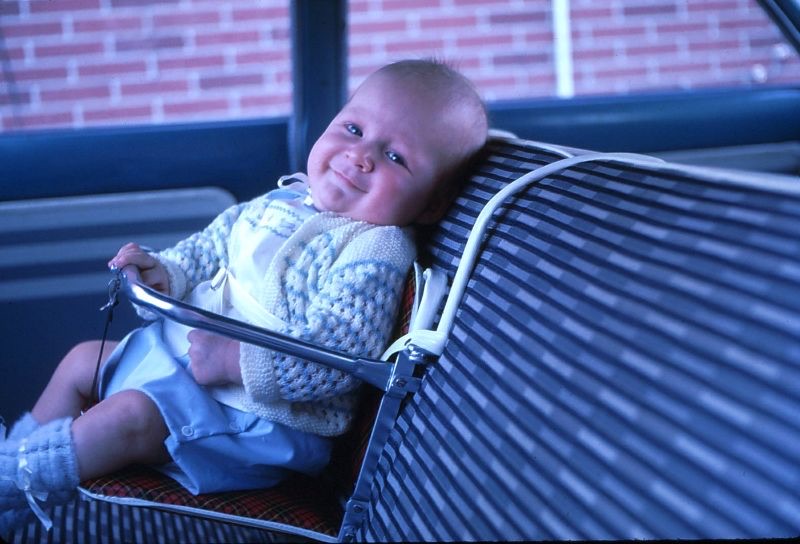
Modern car seats now feature energy-absorbing foam, adjustable harness systems, and side-impact protection mechanisms. Every design detail is backed by extensive research, ensuring that today’s seats offer far greater protection than their vintage counterparts. The transition was not instantaneous; it was the result of decades of trial, error, and learning from past mistakes.
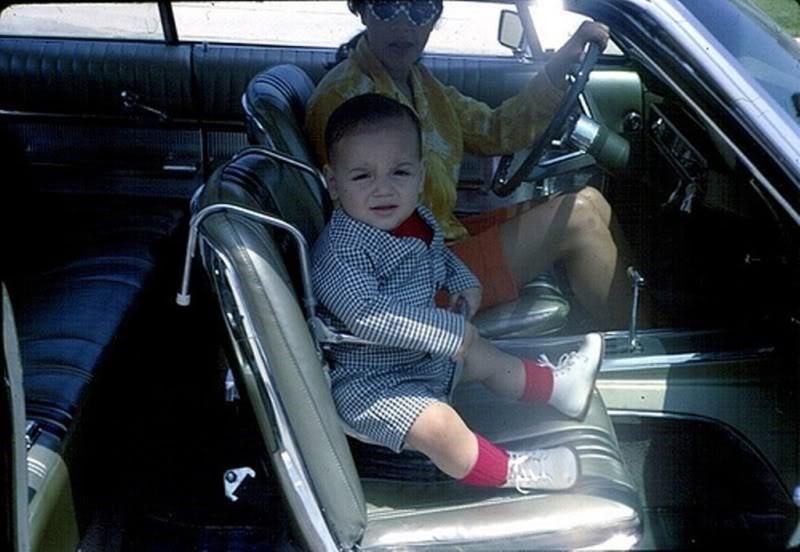
Consumer Advocacy and Technological Breakthroughs
The evolution of child safety in cars was driven not only by technological breakthroughs but also by growing public awareness and consumer advocacy. As stories of accidents and near-misses emerged, parents began to demand safer travel options for their children. Manufacturers were compelled to innovate, and over time, the improvements in materials, design, and engineering led to the sophisticated safety features we see in modern vehicles.
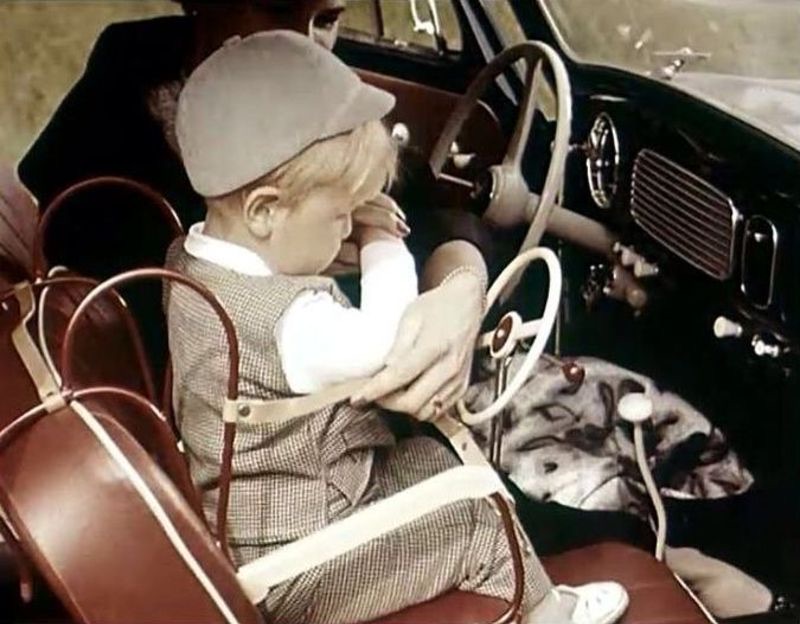
This shift is a powerful reminder that progress is often incremental. Each new design built on the insights gleaned from its predecessors, reinforcing the importance of continually reevaluating safety standards. Today, the legacy of early innovations is evident in every new car seat that hits the market—a market where safety is no longer an option but a fundamental requirement.
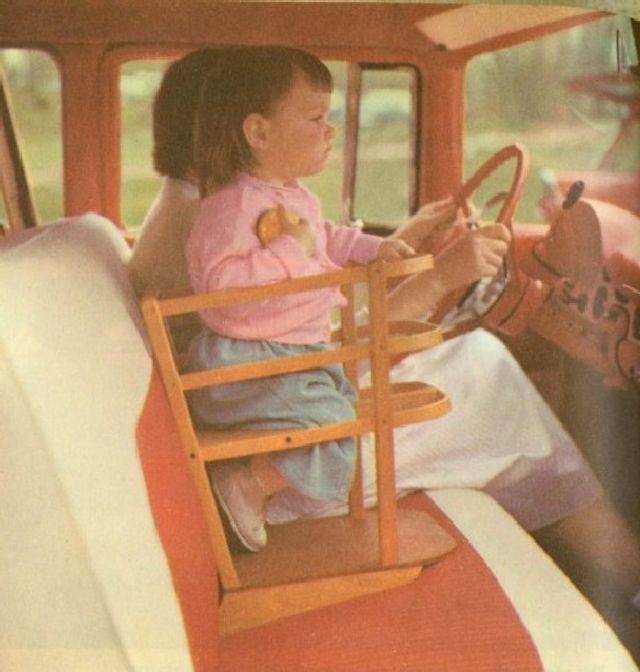
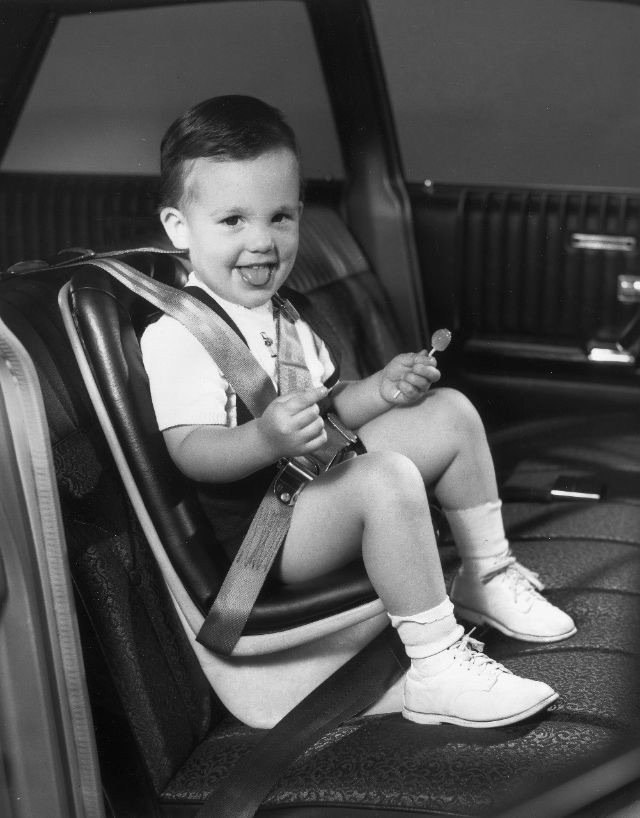
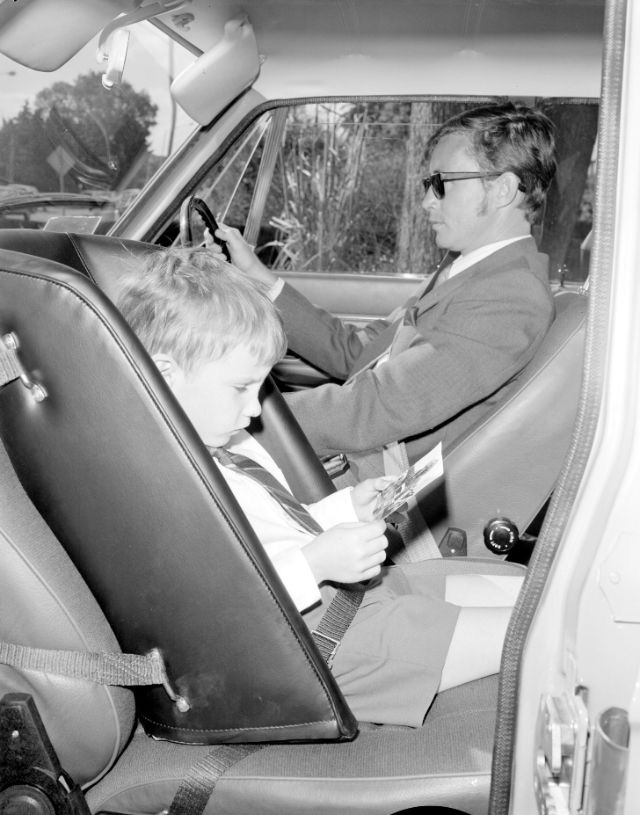
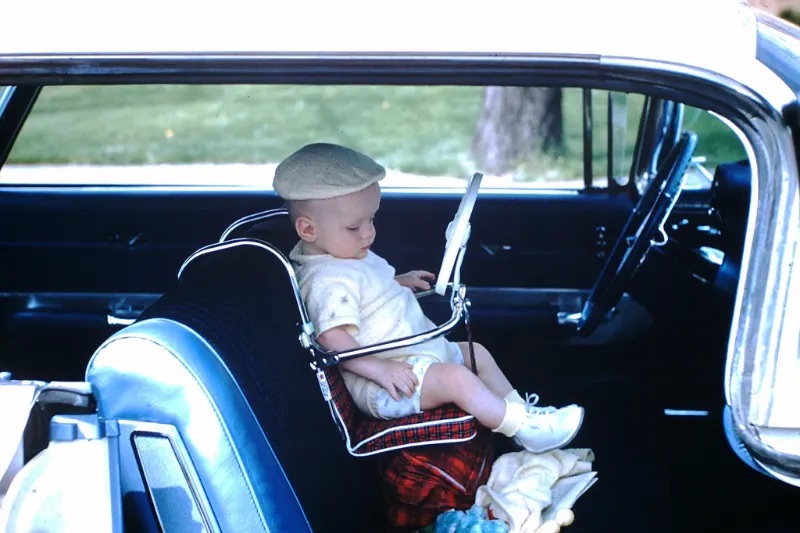
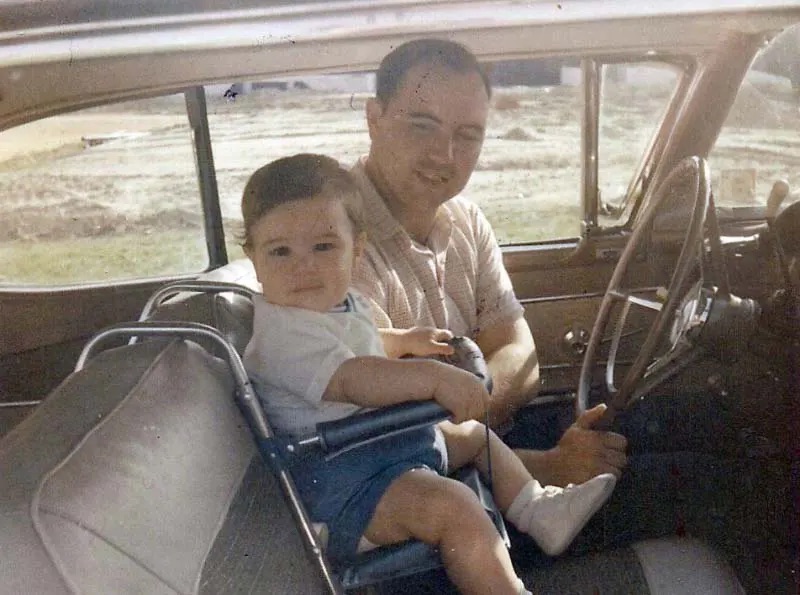
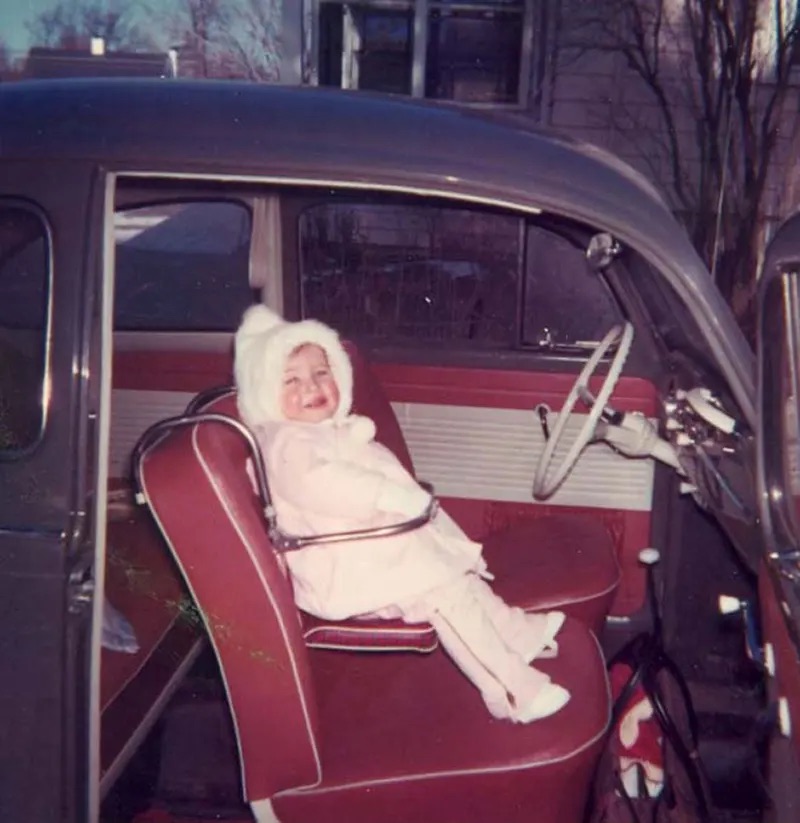
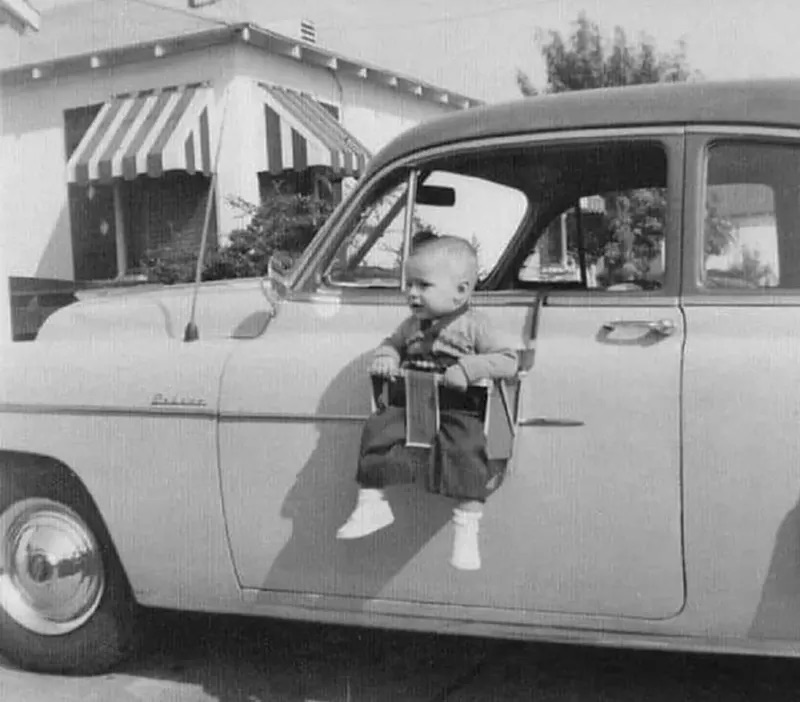
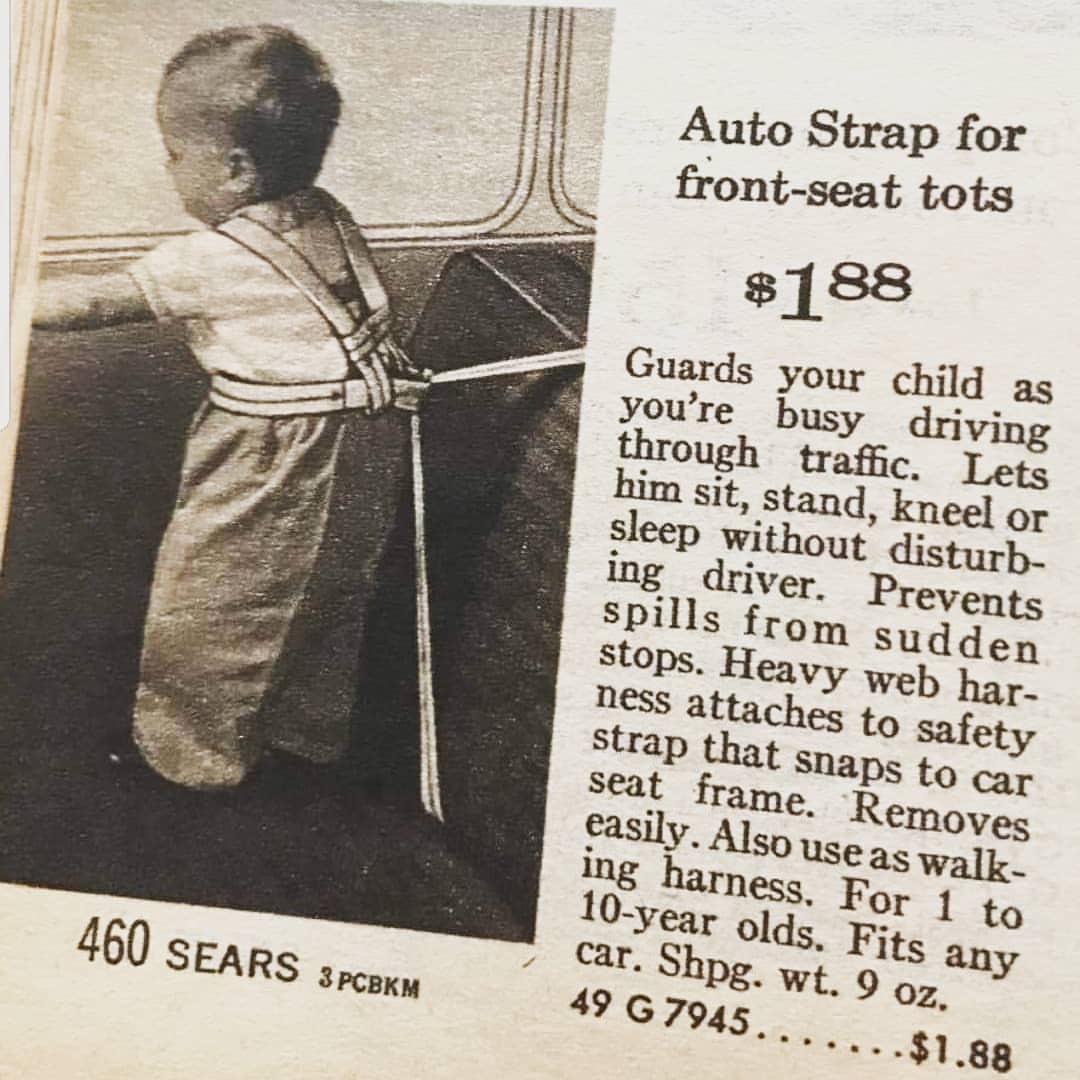
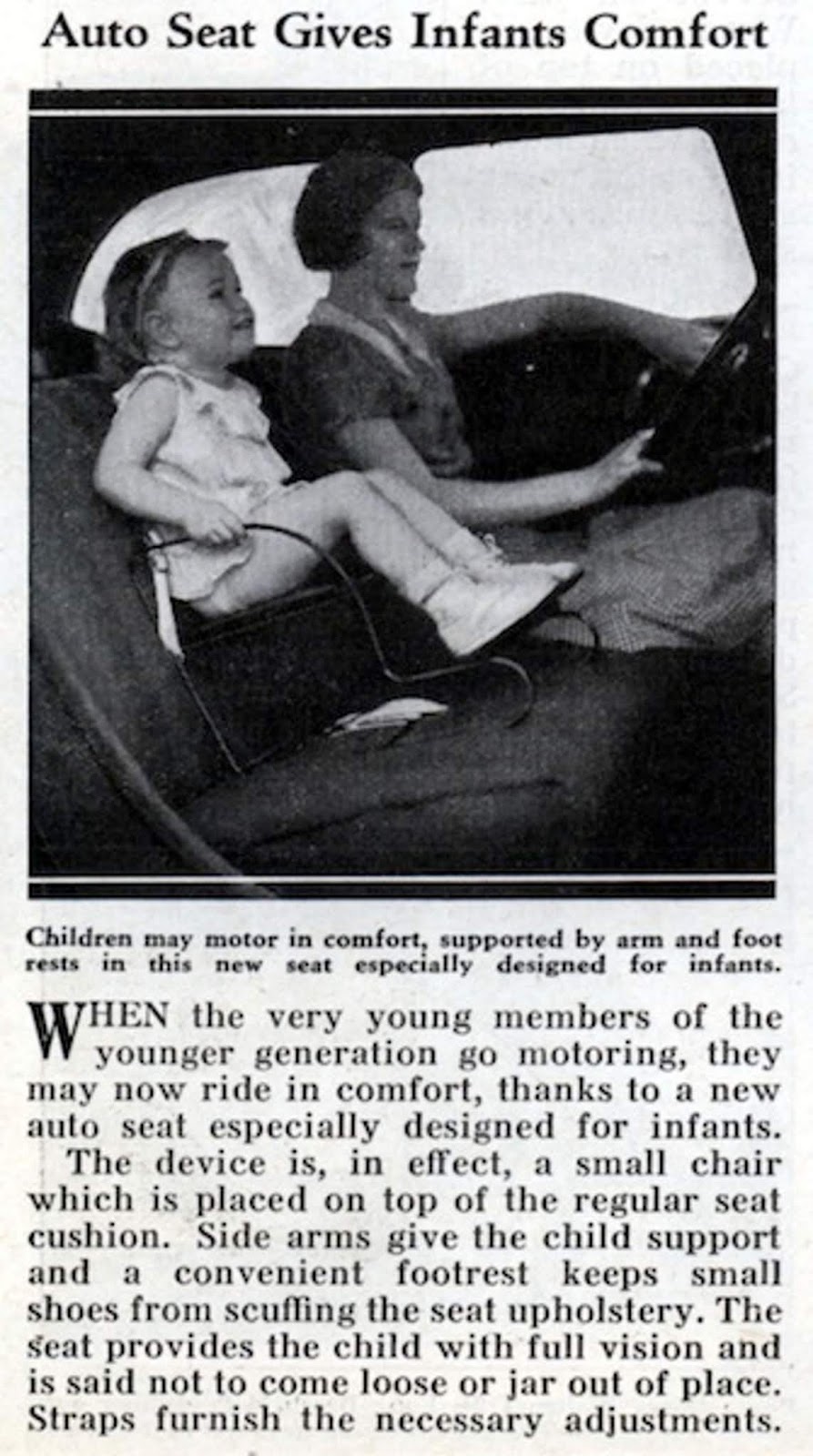
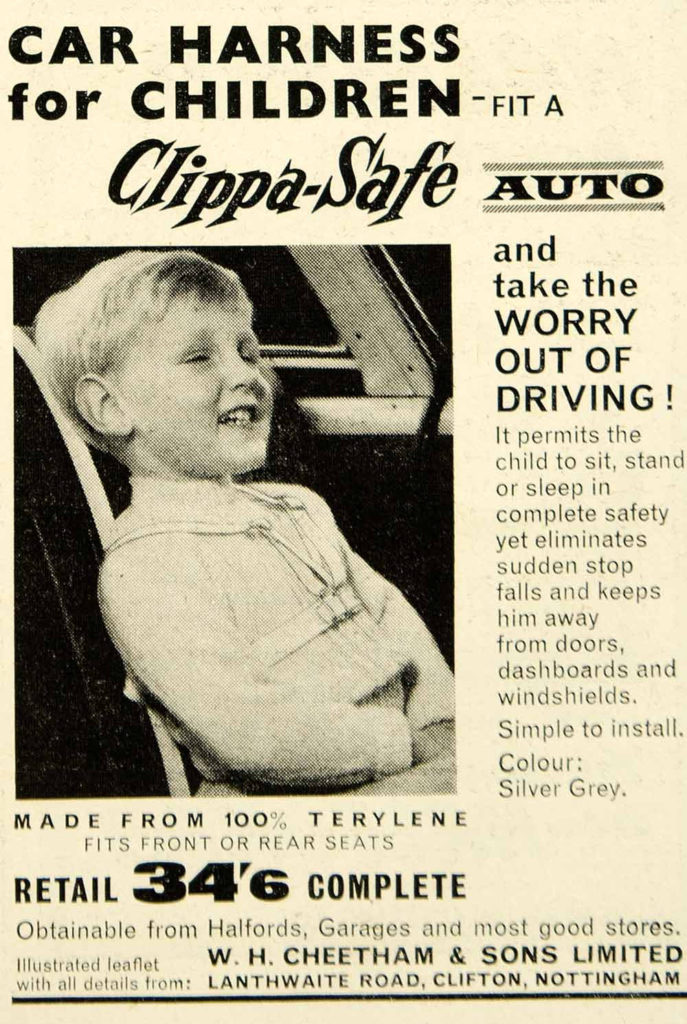
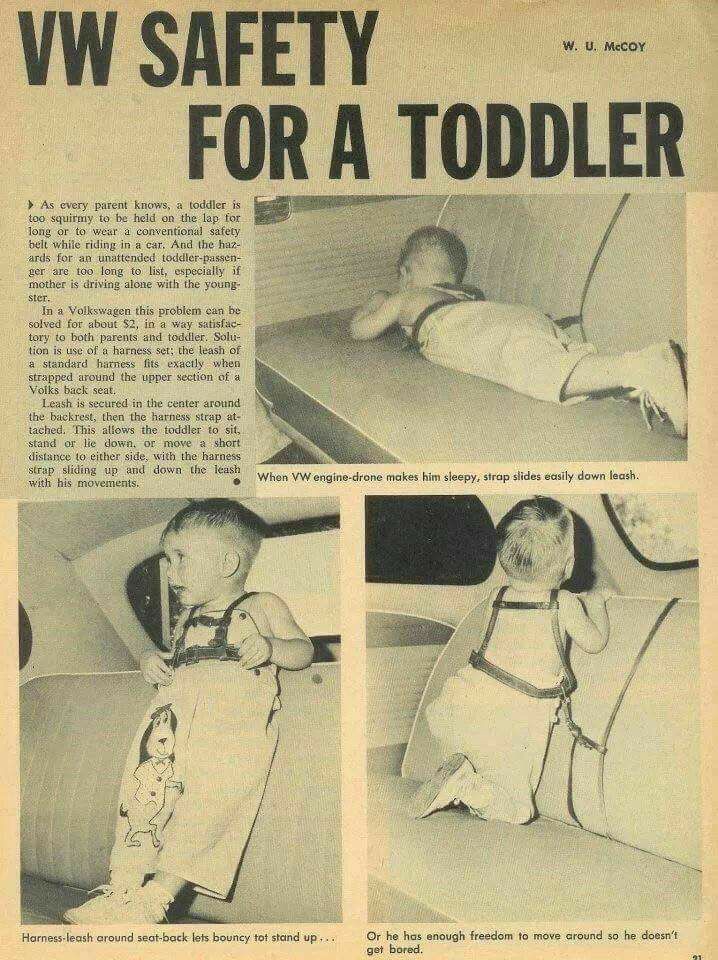
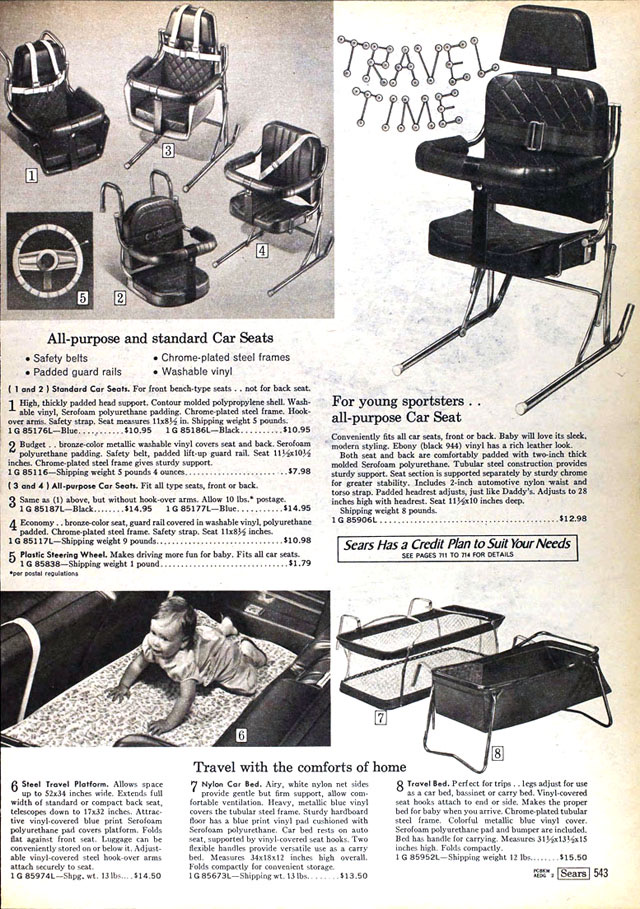
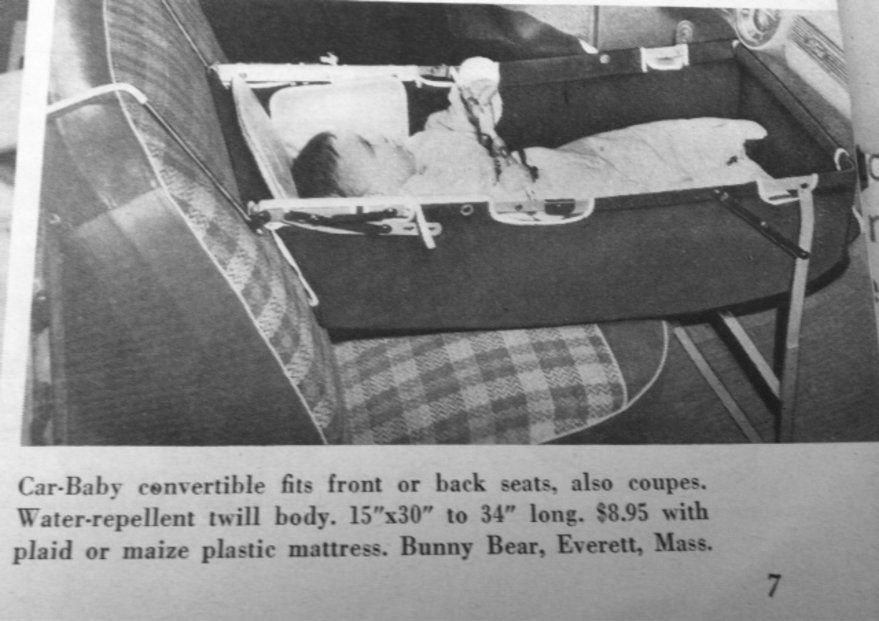

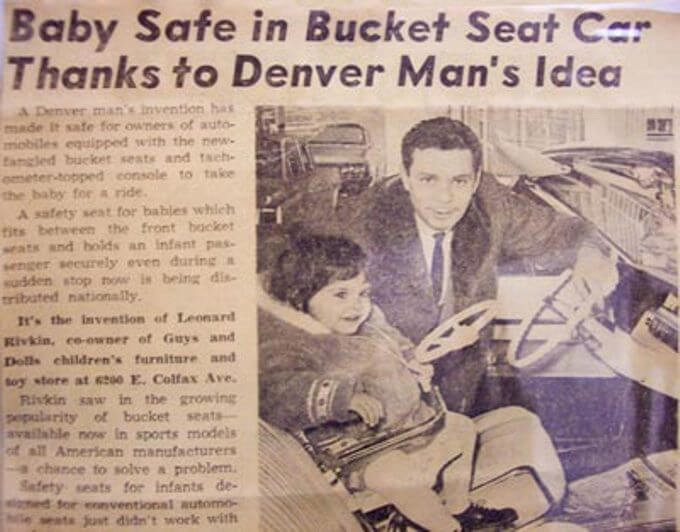
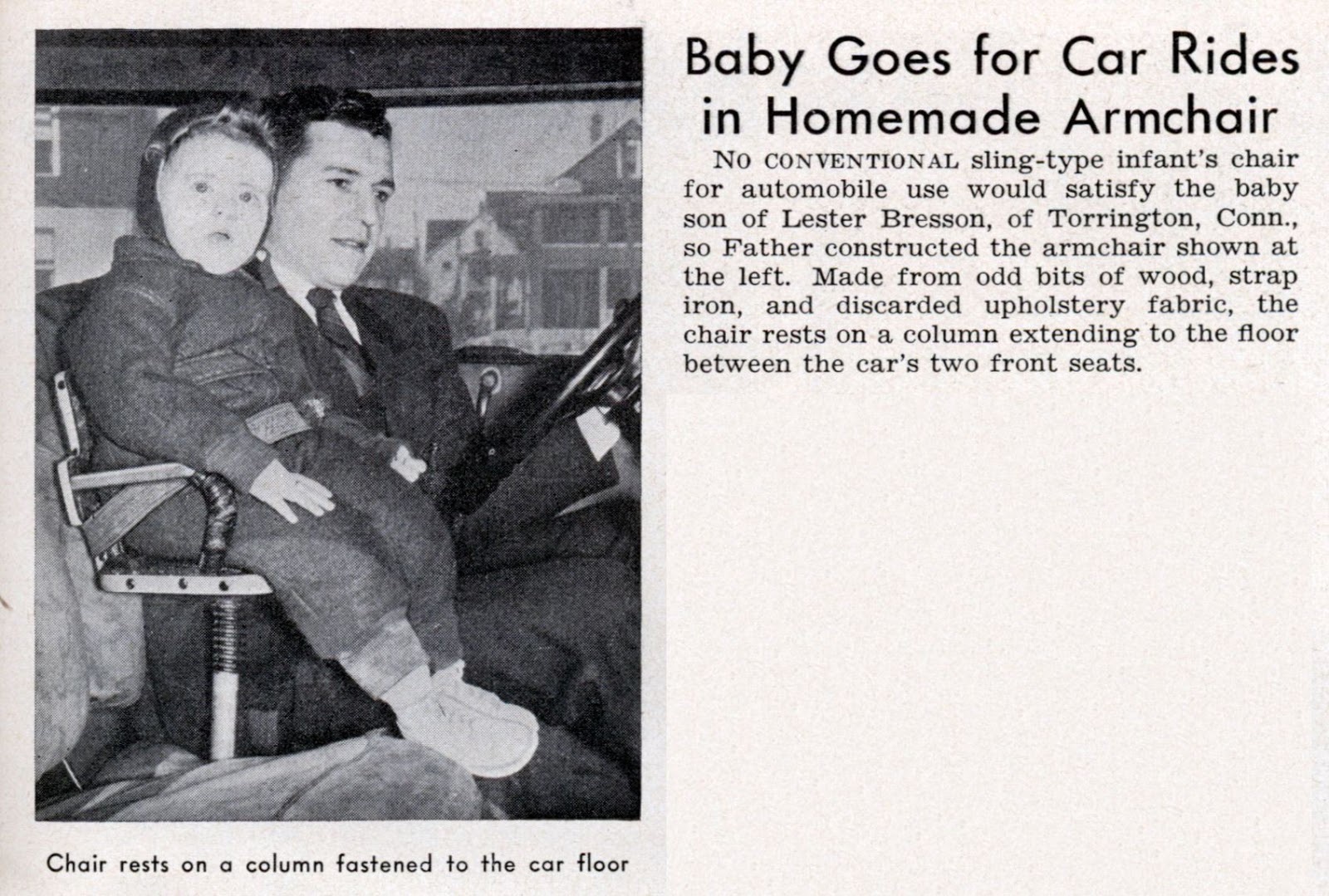
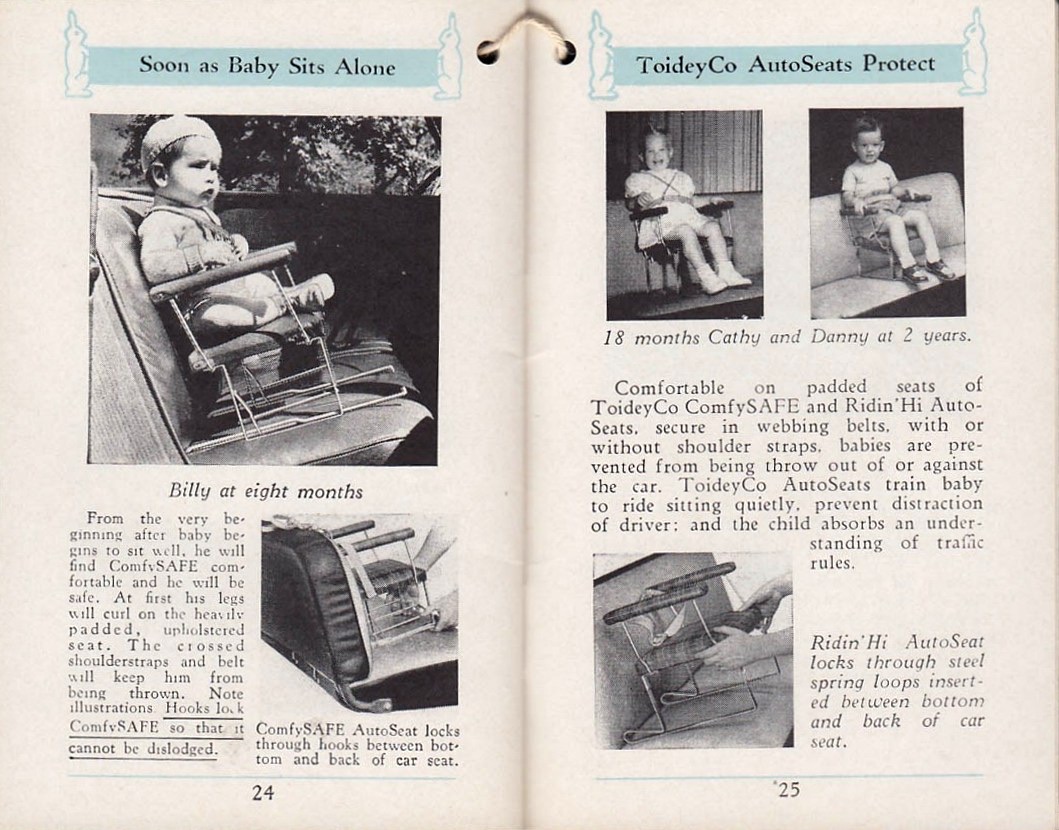
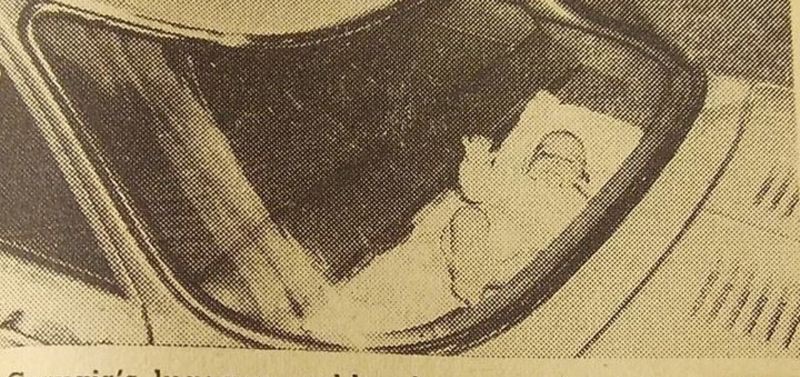
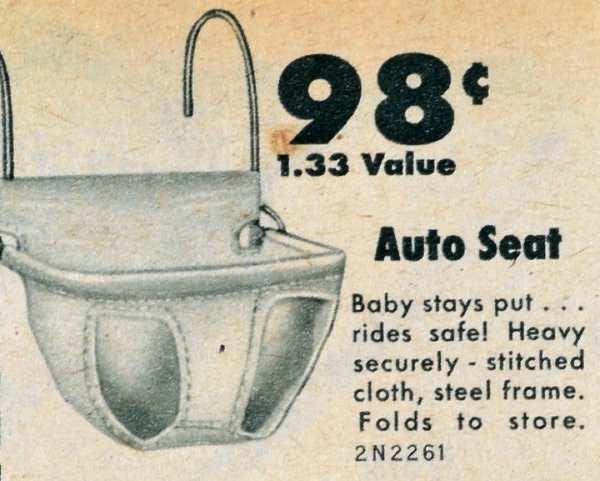
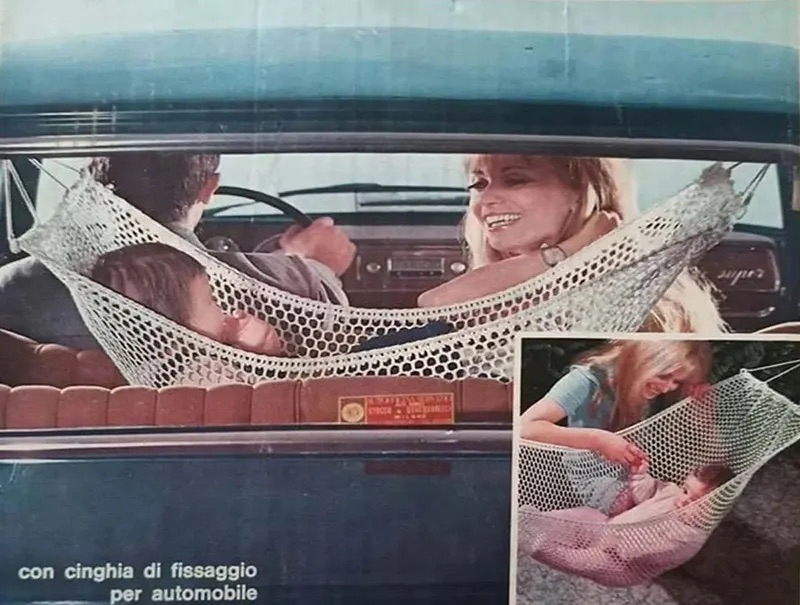
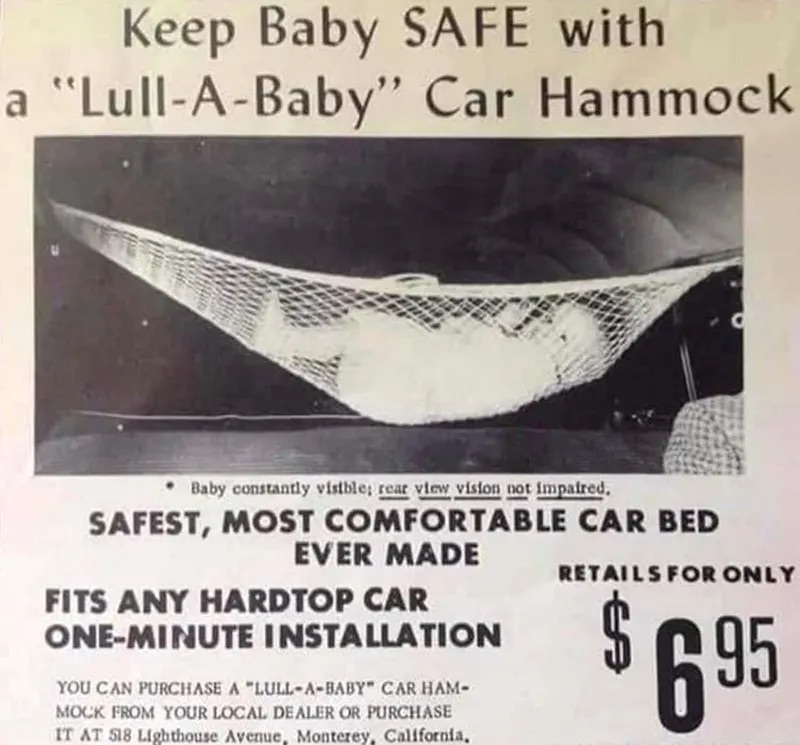
Video
Watch the video on a 10-year-old girl with special needs being “brutally” bitten on a school bus, as reported by her parents – it’s a shocking and heartbreaking story.
Conclusion
Reflecting on the past reveals a rich tapestry of innovation, creativity, and a persistent drive to protect our children. From the rudimentary booster seats of the 1930s and 1940s, through the pioneering harness systems of the 1960s, to the eccentric car hammocks of the 1970s, every design tells a story of trial and error that ultimately led to the advanced safety measures we now take for granted. These early inventions, though often quirky and unsafe by today’s standards, laid the groundwork for decades of improvements that have made car travel much safer for children.
The evolution of baby car seats is not just a tale of technological progress but also a reminder of how far society has come in understanding and prioritizing safety. As we enjoy the benefits of modern safety innovations, it’s important to remember the humble beginnings that have shaped today’s standards. The journey of child car seat design is a tribute to the relentless pursuit of safer travel—a journey that continues as new challenges and innovations arise.
